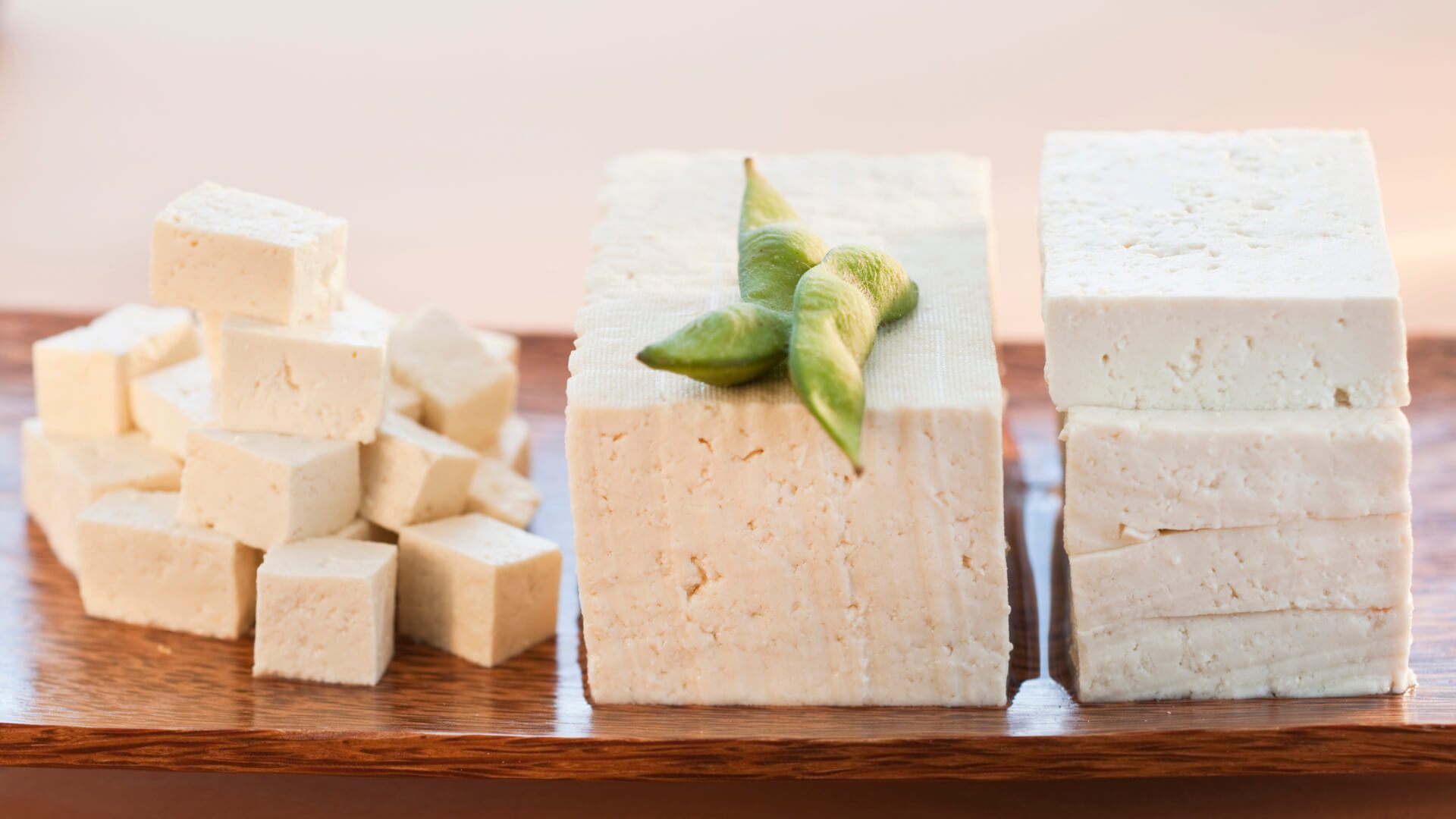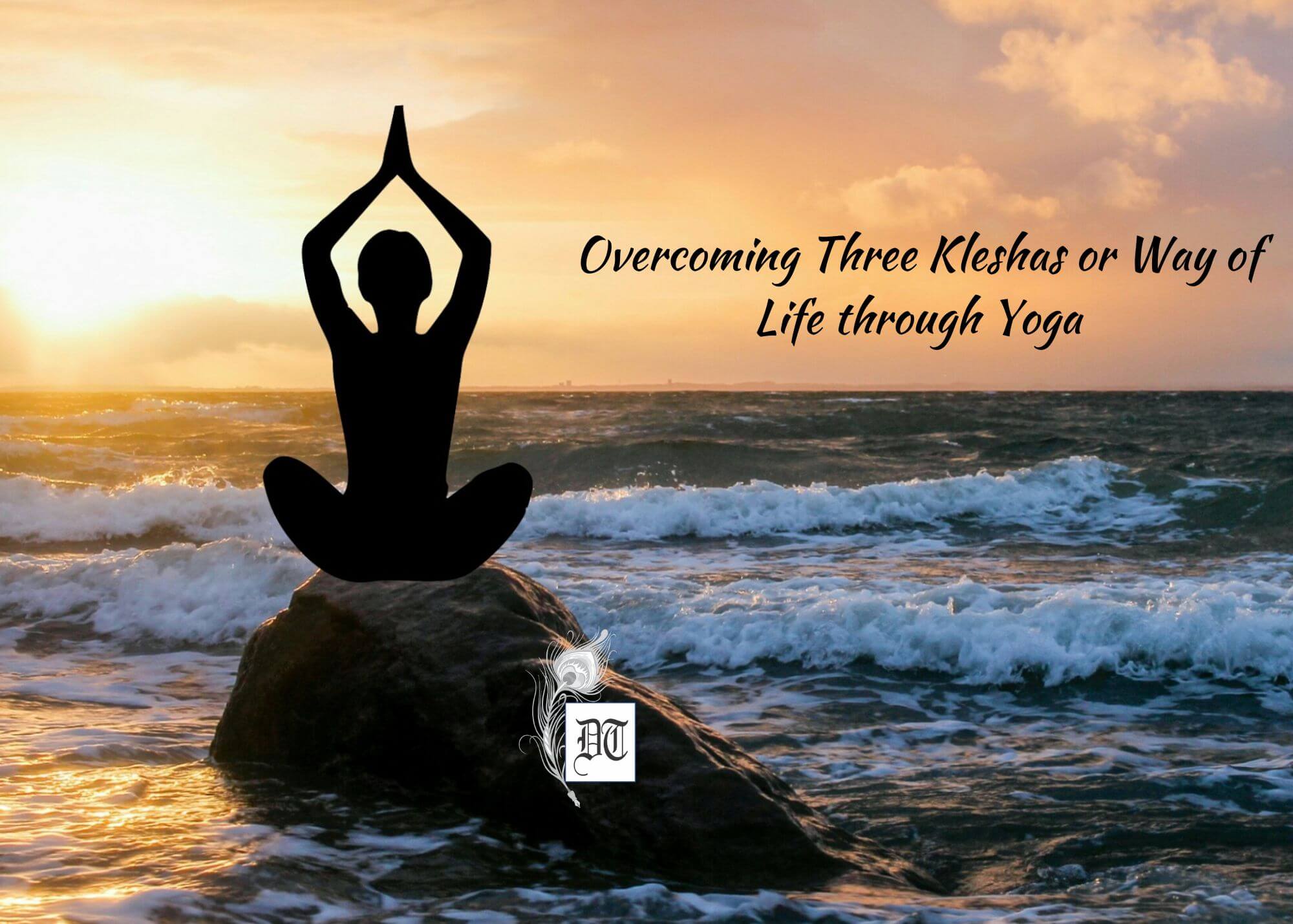There is an important element to the dimension of inner life – that’s the submission and denial of the ego is the greatest good for an individual. This is the first vow. There are Sanskrit sayings which praise the two other vows of Satya and Ahimsa as among the highest principles of Dharma or righteousness. Our Associate Editor, Navodita, an expert on Yoga, talks of these essentials of Yoga, in the weekly column, exclusively for Different Truths.
Just as ‘Swabhav’ defines the quintessential personality that a person has, it is equally important for the person to have the right combination of obedience and ego, Prakriti and Purush, Rajas, Sattva and Tamas. There is yet another important element to the dimension of inner life – that’s the submission and denial of the ego is the greatest good for an individual. An individual’s knowledge of the inner spiritual aspect of one’s life made him realise that the so-called normal state of always expressing one’s ego is a state of slavery. Ego often serves as a tyrannical force. Ego seems to become a dominati ng factor day by day. Where lies the solution?
ng factor day by day. Where lies the solution?
A Yogi often says, “This ego is not I. This expression of my ego is not really my self-expression. It is some other thing that is ruling the roost, shoving me aside. Therefore, I must regain my real place, role and status in my own sphere, within the sphere of my own inner personality. The killing of the ego would do the greatest good for me.”
Killing the ego is the beginning of liberation. Yogis say when you make up your mind to deny the ego and submit it to the law or the Sangha or the organisation, or the rules of the system, or the Guru, you do it voluntarily, and willingly and in this act, the true you, the spiritual Self, is asserting itself, is expressing what it wants. The mechanics of such obedience, subservience, surrender, is clear if you have the right perception and right vision of what you are doing. Then, by submitting the ego, you feel a sense of freedom, a sense of lightness.
So the first part of Yoga is not just practice of Sadhana, but a vow which you must take and adhere to like a hero, making yourself an embodiment of kindness, compassion, universal love, softness and forgiveness. Patanjali starts with the greatest danger that exists and that is violence, and to counter that he advocates the vow of Ahimsa.
The second great vow to take is the vow of truthfulness. There are Sanskrit sayings which praise the two vows ofSatya and Ahimsa as among the highest principles of Dharma or righteousness. “Ahimsa Paramo Dharmah” or non-injury is the highest form of righteousness. There is yet another saying, “Satyam Nasti Paramo Dharmah” or higher than truth there is no other Dharma. You can be cruel through your speech. You can be cruel through your expression in which you frighten a child by getting angry at it and widening your eyes, the child’s soul may tremble. You can just terrify in that way someone lesser than you by your expression. Likewise, can you be truthful? Speaking falsehood is not the only way of being untruthful. Concealing a thing is also a falsehood. Trying to exaggerate a thing is also a falsehood. Trying to reveal something partially and keeping something back is also a sort of dishonesty. You must reflect on all possible ways in which one can contradict truth in one’s dealings with others every day. Thinking something inside and appearing something else to be outside – that is also a contradiction of truth. But on occasion, being something inside and appearing to be something else outside, could be an act of kindness also, an act of compassion.
In order to uphold Ahimsa, temporarily you may have to have a slight deviation from truthfulness. Supposing you see a loathsome beggar or a leper. You are revolted inside, but for fear that you might hurt his feelings if you turn away in disgust, you put on a calm appearance as though it is a quite a normal thing. You ask him what he wants and quickly dispose of him. Thus you avoid hurting his feelings by not manifesting your revulsion in your exterior. Therefore the detailed implications of these vows are subtle and intricate.
Therefore, the role of Yama and Niyama has ever been highlighted in Yoga and its philosophical texts. More important than that Yoga is about the liberation of the individual from bondage. There are several steps to be understood in it, each one with its own intricacies. They need to be understood – the importance of Tapas, Swadhyaya, and de-programming (a concept to be understood in detail later).
©Navodita Pande
Photos from the internet.
#HolisticHealth #Yoga #Ego #KillingOfEgo #LifewithoutEgo #YogaAndMeditation #Denial #Nonviolence #PracticeOfYoga #DifferentTruths






 By
By
 By
By

 By
By